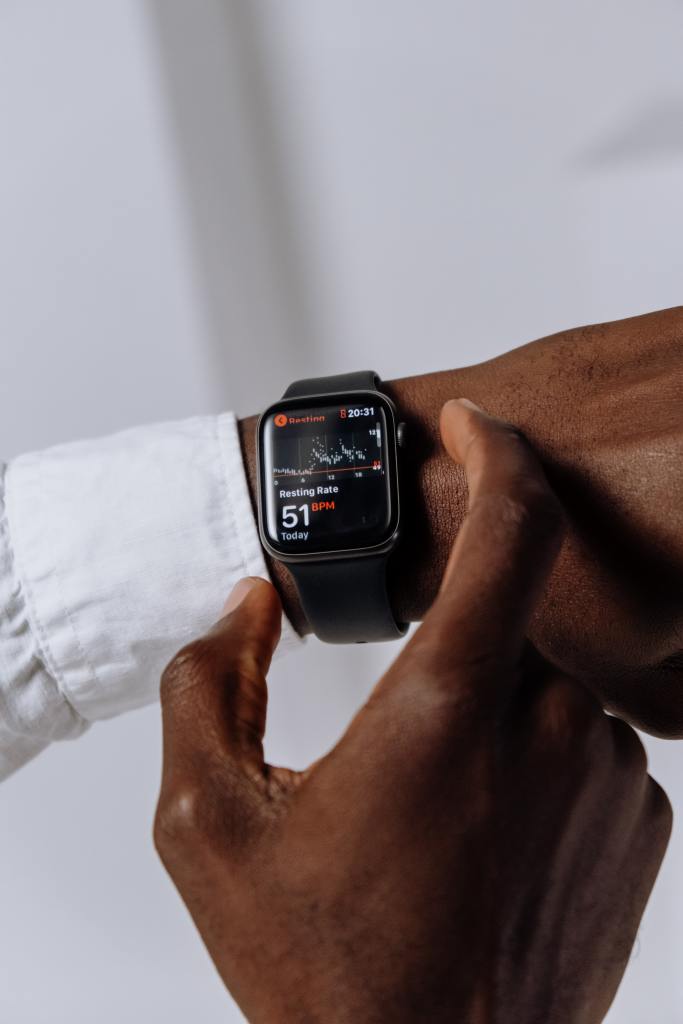
Sanjiv M Narayan, an MD and PhD holder, is an experienced physician and cardiologist. Since 2014, he has worked at Stanford University, California, as a professor of medicine. Sanjiv Narayan is a member of the Heart Rhythm Society and a fellow of the American Heart Association (AHA).
The American Heart Association was formed in 1924 through a collaboration of physicians and social workers seeking to improve heart disease prevention, treatment, and possibly cure. The need for this arose due to the high death rate caused by heart disease and the limited knowledge of its treatment. The organization began as a professional, scientific society with the contributions of several scientists and physicians. In 1925, it kicked off its annual scientific sessions, where various professionals converged to learn about the latest developments in the field.
Later in 1948, the AHA transformed into a voluntary health organization. Since then, the organization has comprised volunteers and professional staff and has expanded nationally and internationally. The American Heart Association has maintained its core mission of fighting heart disease and stroke in the country. So far, the body has provided quality care for over 19 million individuals with high blood pressure. It trains up to 22 million people in CPR every year, and in the past 74 years, it has invested up to $5 billion in research funding.




